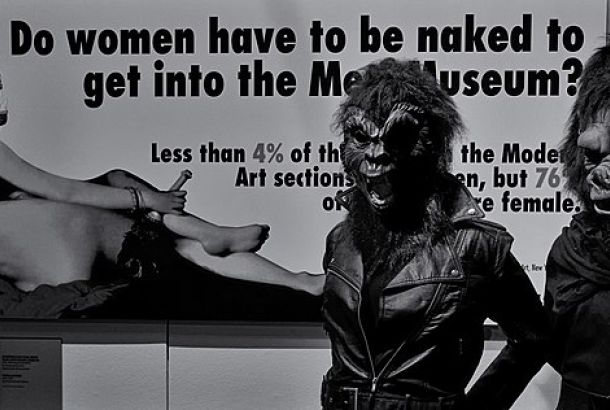Turner Prize ‘13: Tino Seghal
Established in 1984, the Turner Prize is awarded each year to a contemporary artist under 50, living, working or born in Britain, who is judged to have put on the best exhibition of the last 12 months. Previous winners include Gilbert & George, Antony Gormley, Grayson Perry, Jeremy Deller and Damien Hirst. This year’s shortlist showcases artists whose work spans live encounters (Tino Seghal), film (Laure Prouvost), sculpture (David Shrigley), drawing and painting (Lynette Yiadom-Boakye).
In the run up to the Turner Prize being announced on December 2 four Arts & Culture contributors give introductions to the four nominees of 2013. This week Jasper Llewellyn introduces Tino Seghal…
Five years ago, the choice to nominate an artist such as Tino Seghal for the Turner Prize would’ve caused an uproar. However, Seghal’s appearance on the 2013 shortlist alongside others such as David Shrigley and Laure Prouvost demonstrates a growing acceptance and popularity in performance-based works. Seghal himself resents being described as a “performance artist”, saying that he creates “constructed situations” that encourage the audience to be active participants as opposed to passive spectators. Over the past 15 years, famous art galleries from all over the world (including MoMA New York, Tate Modern and the Peggy Guggenheim) have commissioned Seghal to create new works, most of which have received a very positive reception. However, despite all this, Seghal’s work is very practically problematic due to what Tate Modern’s performance curator Catherine Wood describes as Seghal’s “insistence on the immateriality of the work”. This essentially means that it doesn’t actually physically exist. That’s right, the work is only really documented in the viewer’s memory. The British-German artist’s portfolio of work includes pieces such as 2005’s “This Is So Contemporary” which involved museum guards surrounding the gallery-goers before beginning to dance, and his 2010 work “This Progress” at the Guggenheim Museum in New York which involved the removal of all the paintings from the gallery and the groups of participants being guided by people ranging from children to the elderly. Seghal’s work really does illustrate the emergence of an exciting new trend of performance within visual art and above all, his work really does get you thinking. Don’t miss next week’s article on David Shrigley the next Turner Prize 2013 nominee.-







